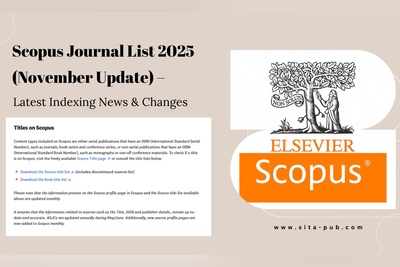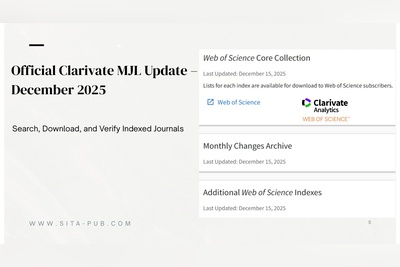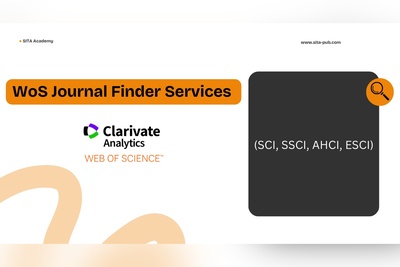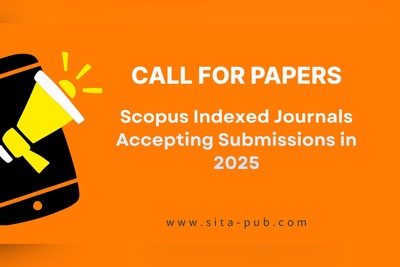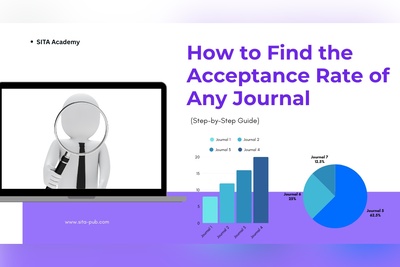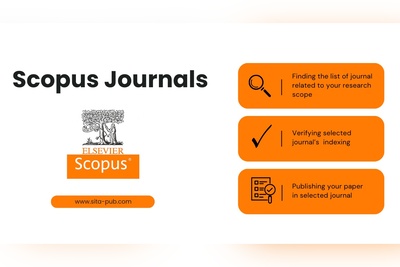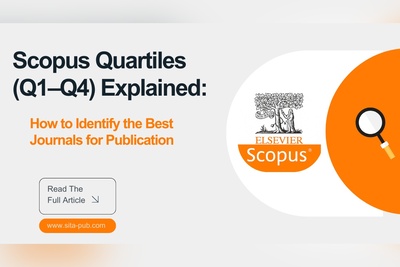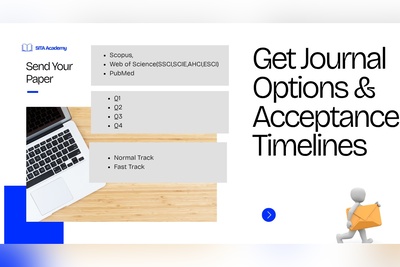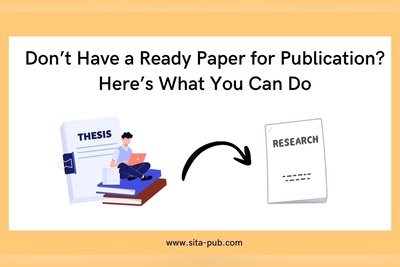Publishing in SSCI/SCIE Journals: What You Need Before Submitting Your Paper
Before submitting your research paper to SSCI or SCIE journals, it’s essential to understand their acceptance criteria and publication standards. This guide explains the practical steps you must take to maximize your chances of successful publication in these prestigious international journals.
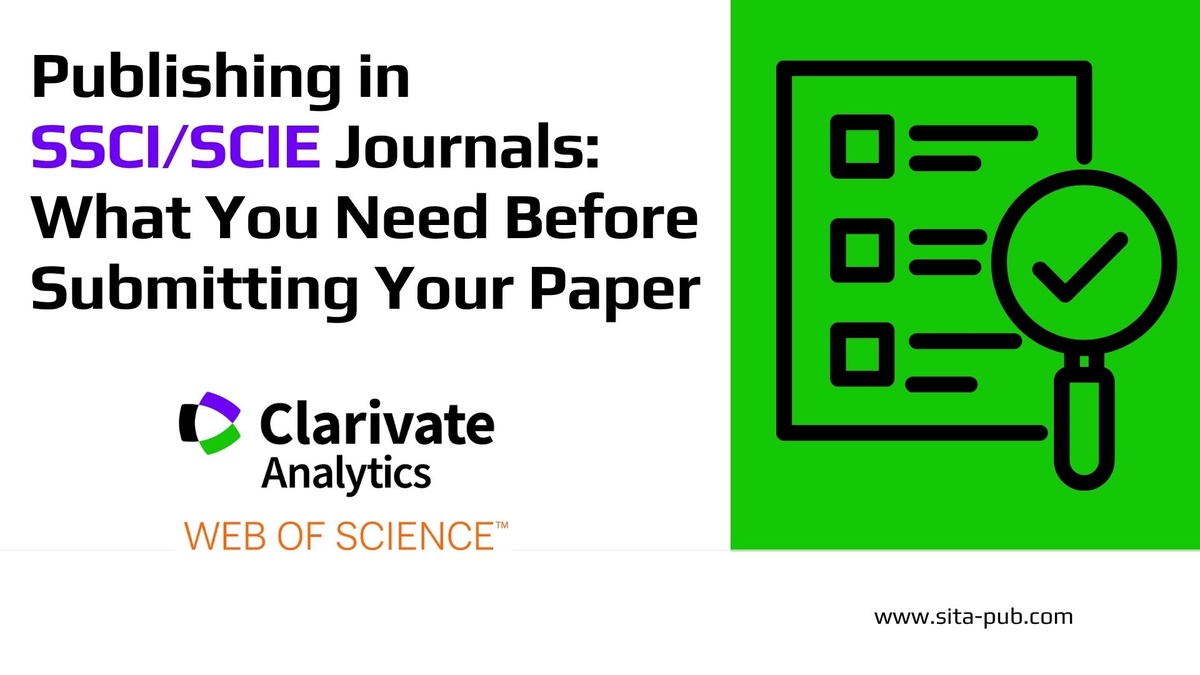
Publishing in internationally recognized journals such as those indexed in SSCI (Social Sciences Citation Index) and SCIE (Science Citation Index Expanded) is a significant achievement for any researcher. Whether you're a PhD student, academic faculty member, or early-career researcher, your career progression and academic reputation can benefit greatly from these high-impact publications. But to succeed, you must understand what SSCI and SCIE journals are, why they matter, and how to prepare your manuscript before submission.
In this article, we’ll explain everything you need to know—clearly and practically.
What Are SSCI and SCIE Journals?
SSCI and SCIE are two indexes under Web of Science (WoS), a highly respected research database owned by Clarivate Analytics.
SSCI (Social Sciences Citation Index): Focuses on journals in the social sciences, including education, psychology, economics, political science, sociology, and more.
SCIE (Science Citation Index Expanded): Covers journals in natural sciences, medicine, engineering, computer science, and life sciences
Journals indexed in SSCI and SCIE have passed strict evaluation processes, including editorial quality, peer review, citation performance, and publication ethics. Publishing in these journals enhances your work’s credibility and increases its visibility worldwide.
Which Fields Are Covered by SSCI and SCIE Journals?
SSCI Includes Fields Like:
Education
Psychology
Business and Management
Economics
Sociology
Law
Political Science
Media and Communication Studies
SCIE Covers Areas Such As:
Biology and Biochemistry
Chemistry
Computer Science
Environmental Science
Engineering
Materials Science
Medicine and Public Health
Physics
Earth Sciences
If your research falls into one of these fields, targeting an SSCI or SCIE journal could be an ideal path.
Why Are SSCI/SCIE Journals So Reputable and Important?
Here’s why researchers aim to publish in SSCI/SCIE-indexed journals:
1. Global Recognition
These journals are known and respected by institutions, employers, and researchers worldwide. A publication in an SSCI/SCIE journal instantly enhances your academic reputation.
2. Career and Funding Opportunities
Many universities require SSCI/SCIE publications for faculty promotion, PhD graduation, or funding applications. In some countries, these publications are linked to financial incentives.
3. High-Quality Peer Review
Journals in these indexes follow a rigorous peer-review process, ensuring the academic quality and originality of the published work.
4. Citation Impact
Articles published in SSCI/SCIE journals are more likely to be cited, increasing your h-index and academic influence.
What Kind of Papers Get Accepted in SSCI/SCIE Journals?
Not every paper is suitable for these prestigious journals. Here are some characteristics of publishable papers:

Originality
Your research must offer a new contribution to your field. Avoid rewriting well-known topics without fresh insights or perspectives.
Methodological Rigor
Use a solid research design, clearly describe your methodology, and justify your approach. Quantitative, qualitative, or mixed-methods research must be sound and replicable.
Literature Review and Theoretical Framework
Cite recent and relevant literature, ideally from other SSCI/SCIE journals. Show that your work builds on or challenges existing theories.
Relevance and Scope
Ensure that your topic aligns with the journal’s Aims and Scope. Submitting a medical paper to a sociology journal—even if SSCI-indexed—will lead to rejection.
Clear Writing
Language matters. Even if the research is strong, poor grammar, weak structure, or unclear arguments may result in rejection.
What You Need Before Submitting Your Paper to SSCI/SCIE Journals
Submitting your manuscript to an SSCI or SCIE journal requires thorough preparation. Here’s a checklist of what you must do before you hit "submit":

1. Ensure the Journal Is a Good Match
Carefully read the journal’s Aims and Scope. Ask yourself:
Does the journal publish on your topic?
Do the methodologies and article types match yours?
Have they published similar studies before?
Check the journal on Web of Science or the publisher’s official site to confirm its SSCI/SCIE status.
2. Check for Grammar and Translation Errors
If English is not your first language, consider having your manuscript professionally edited. Reviewers often reject papers due to:
Poor grammar
Awkward phrasing
Incorrect terminology
Services like SITA Academy or native-speaking academic editors can help polish your paper to native-level quality.
3. Check Plagiarism Percentage
Even unintentional plagiarism can lead to immediate desk rejection. Before submission:
Use plagiarism detection tools like iThenticate or Turnitin
Keep similarity below 15–20%, depending on the journal
Paraphrase properly and cite all sources
Avoid self-plagiarism—don’t reuse content from your thesis or previous papers without modification and citation.
4. Check for Journal Fees (APC, Submission Fee)
Some SSCI/SCIE journals are Open Access and charge Article Processing Charges (APCs), which may range from $300 to $5,000.
Some journals also have submission or review fees
Always check the “Instructions for Authors” section
Verify if your university can cover the fees or if waivers are available
Be cautious of predatory journals that promise fast publication for a high fee—check the journal on Clarivate’s Master Journal List to confirm its authenticity.
5. Format Your Paper as per Journal Guidelines
Each journal has strict formatting rules, including:
Font, spacing, headings
Abstract and keywords
Citation style (APA, MLA, Chicago, etc.)
Figure and table formatting
Download the journal’s template or read recent articles to format your work accordingly.
6. Include Correct Author Information and Affiliations
Make sure:
Your full name, email, and institutional affiliation are correct
All co-authors have approved the manuscript
The corresponding author is clearly marked
Incorrect author details can delay or disqualify your submission.
7. Prepare for the Submission Process
Most SSCI/SCIE journals use online submission systems (e.g., Editorial Manager, ScholarOne). You’ll usually be asked to upload:
Manuscript file (Word or LaTeX)
Cover letter
Plagiarism report (if required)
Graphical abstract (optional)
Author declarations (conflict of interest, funding, ethical approval)
Follow each step carefully. Incomplete submissions can be automatically rejected.
Final Thoughts
Publishing in SSCI and SCIE journals is not only prestigious—it’s also competitive. Success comes from more than just good research. It requires:
Choosing the right journal
Following guidelines precisely
Checking language, structure, and ethics
Understanding the review process
Maximize Your Chances of Acceptance with SITA Academy
At SITA Academy, we specialize in helping researchers successfully publish in reputable journals like SSCI, SCIE, Scopus, and more. From the moment your paper is ready, we guide you through every step — reviewing your manuscript, improving its structure, fixing language and formatting, checking for plagiarism, and ensuring it matches the journal’s scope and requirements.
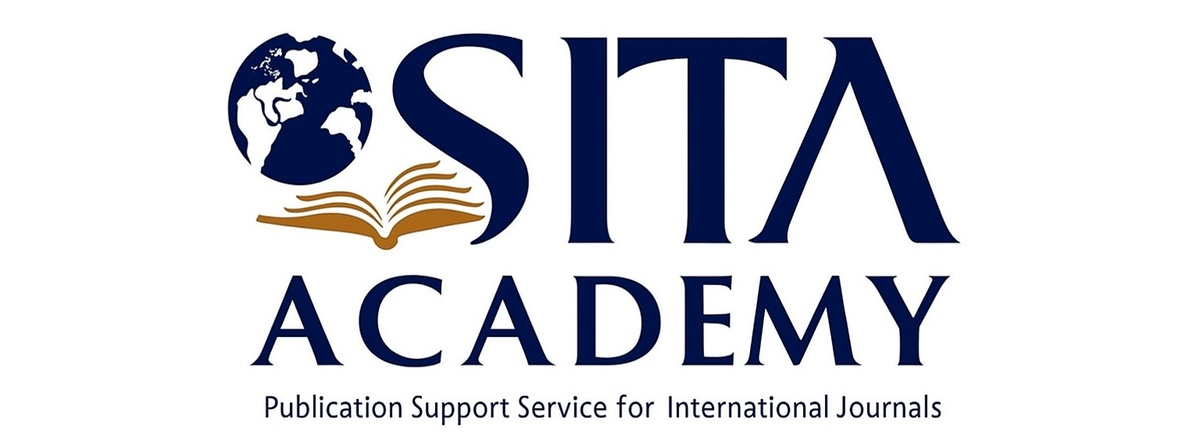
Once everything is ready, we handle the submission process to your selected journal professionally and efficiently.
Contact us today — just send your paper and journal preferences, and let our expert team take care of the rest.
Verified Contact Channels
If you have any questions, inquiries, or would like to learn more about our services, please don't hesitate to reach out to us. Our dedicated team is ready to assist you.





